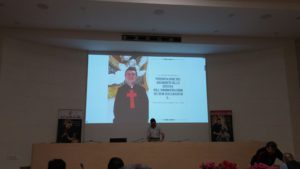 After the prayers and the celebration of the Eucharist in the early morning, those taking part in the meeting of the major Superiors listened to Brother José Ignacio Santaolalla, the general financial administrator of the Order and the member of the General Consulta responsible for missions, present the document of the Congregation for Institutes of Consecrated Life and Societies of Apostolic Life (the Congregation for Religious) on the administration of ecclesiastical goods. He highlighted certain basic principles and criteria expounded in this document.
After the prayers and the celebration of the Eucharist in the early morning, those taking part in the meeting of the major Superiors listened to Brother José Ignacio Santaolalla, the general financial administrator of the Order and the member of the General Consulta responsible for missions, present the document of the Congregation for Institutes of Consecrated Life and Societies of Apostolic Life (the Congregation for Religious) on the administration of ecclesiastical goods. He highlighted certain basic principles and criteria expounded in this document.
Br. Santaollala referred to certain elements that are to be found in canon law, our Constitution and the General Statutes on the figure of the financial administrator (GS, nn. 127-132) and on his relationship with Superiors of all levels. Four fundamental typologies of the relationship between a Superior and a financial administrator can be identified: regard, dependence, complementariness and joint responsibility, without ever losing from sight the most important aspect, that is to say the specific mission of the Order. The responsibilities that a Superior and a financial administrator have, respectively, as regards a healthy, correct and transparent management of economic matters were highlighted. These are recognised by canon law and by the law of our Institute: awareness in diversity; the works of the Institutes are ecclesiastical goods; an internal sub-division of entities; the importance of training in financial administration and economics; the responsibility for our works lies with the religious; and the administration of a work should never be left in the hands of one person.
The meeting then proceeded to examine the economic position of the Camillianum through a presentation and projection of the accounts by our technical assistant in matters relating to administration, Dr. Danilo Cerielli.
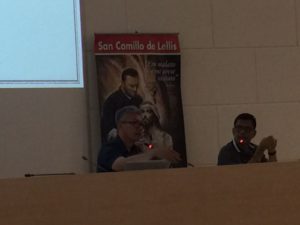 In the afternoon, Fr. Aris Miranda and Fr. Sam Cuarto described the mission and vision of CADIS (the Camillian International Disaster Service). They described the goals, and offered an analysis, of the initiatives already taken to help vulnerable countries and populations. They referred to projects that are currently underway to increase the capacity for resilience of those populations that have been most afflicted by natural and manmade disasters. And they also outlined proposals for the future in terms of a mobilisation of human resources (also and above all ‘Camillian’ human resources); a sensitisation first of all of our religious to this dimension of our Camillian ministry; a diversification of fundraising; and greater cooperation and interaction between the centre and the Provinces of the Order.
In the afternoon, Fr. Aris Miranda and Fr. Sam Cuarto described the mission and vision of CADIS (the Camillian International Disaster Service). They described the goals, and offered an analysis, of the initiatives already taken to help vulnerable countries and populations. They referred to projects that are currently underway to increase the capacity for resilience of those populations that have been most afflicted by natural and manmade disasters. And they also outlined proposals for the future in terms of a mobilisation of human resources (also and above all ‘Camillian’ human resources); a sensitisation first of all of our religious to this dimension of our Camillian ministry; a diversification of fundraising; and greater cooperation and interaction between the centre and the Provinces of the Order.



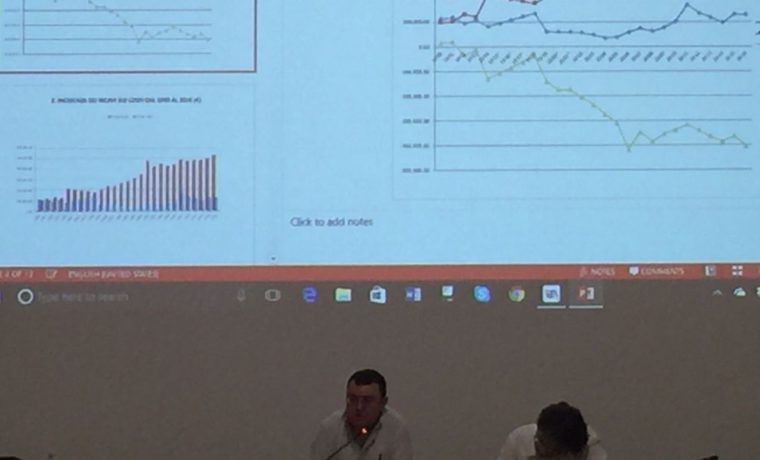
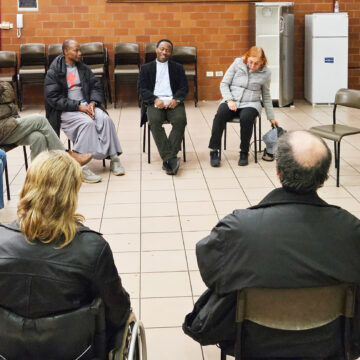
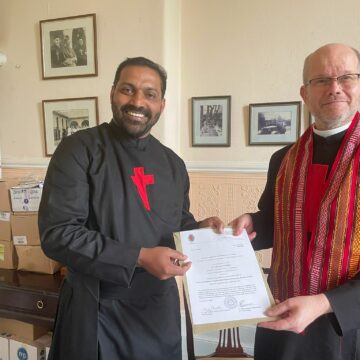
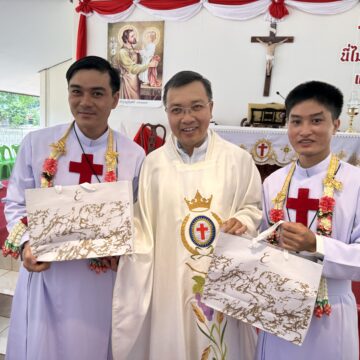
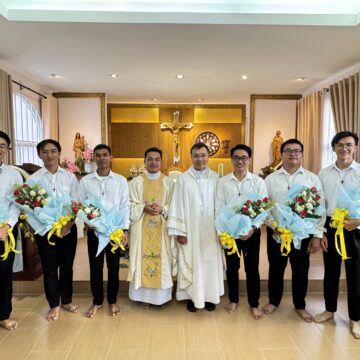
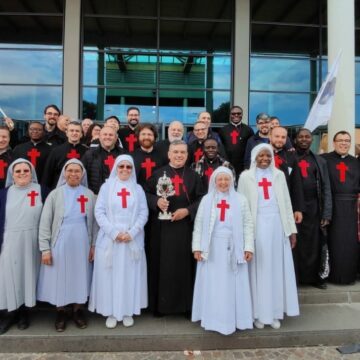
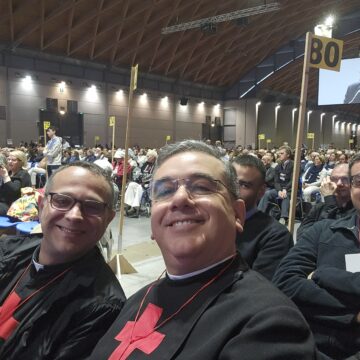
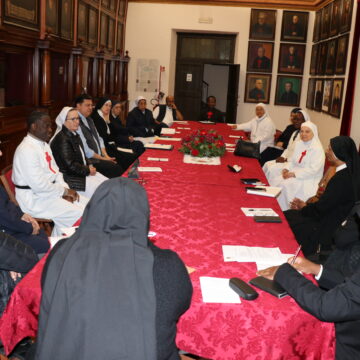





Camillians on Facebook
Camillians on Twitter
Camillians on Instagram